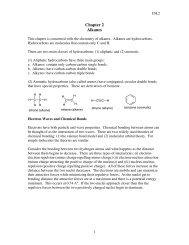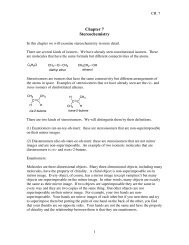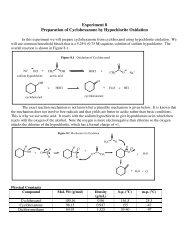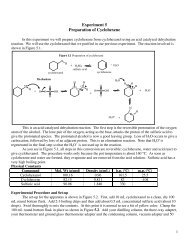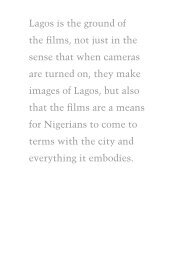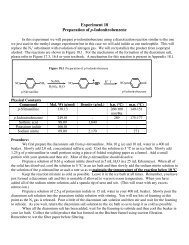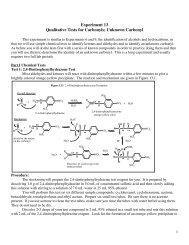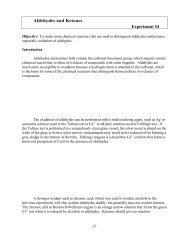Collective and Elective Ethnicity: Caste Among Urban ... - myweb
Collective and Elective Ethnicity: Caste Among Urban ... - myweb
Collective and Elective Ethnicity: Caste Among Urban ... - myweb
You also want an ePaper? Increase the reach of your titles
YUMPU automatically turns print PDFs into web optimized ePapers that Google loves.
600 Aliidentities to caste as an individual identity, what Gans (1979) has termed“symbolic ethnicity,” where the individual makes ethnic choices that havelittle or no social repercussions. Gans’s argument is formulated with regardto third- <strong>and</strong> fourth-generation descendants of white ethnic immigrants inthe United States, where individuals appropriate the symbols of being ethnicbut are not connected to ascribed group formations. 8 Gans writes, “Symbolicethnicity ...does not require functioning groups or networks; feelings ofidentity can be developed by allegiances to symbolic groups that never meet,or to collectivities that meet only occasionally” (12).What makes this symbolic ethnicity possible? When ethnicity is not abasis for determining life chances, when economic or political resources cannotbe acquired or denied based on one’s ascribed identity, the salience ofgroup identity will diminish. Little practical cost or benefit accrues to whiteethnics (e.g., Italian, Polish, etc.) in America who maintain their particularethnicities. Gans writes that ethnicity as a group practice is a “working classstyle,” a strategy used by poorer ethnics who are “less touched by acculturation<strong>and</strong> assimilation than middle class ethnics, <strong>and</strong> who have in somecases used ethnicity <strong>and</strong> ethnic organization as a psychological <strong>and</strong> politicaldefense against the injustices which they suffer in an unequal society”(1979:3).This is also true for non-whites in the United States, no matter their classbackground. The salience of identities for non-whites generally has not diminishedor become “merely” symbolic, in the manner that it has for whites.There are real costs <strong>and</strong> benefits to being black, Native American, Latino, orAsian in America. People of these groups have their identity defined for themby others, in ways that often override definitions they impute themselves,or might otherwise impute. Unlike middle-class whites, they do not havethe luxury of defining themselves in idiosyncratic ways. While whites canmake unchallenged claims to be part Native American, part Dutch, <strong>and</strong> partLatvian, blacks cannot make unchallenged claims to have descended fromIrish ancestry or to be related to Thomas Jefferson (Hollinger, 1995:chap. 2).West Indians may identify primarily as West Indian, but they will usuallybe primarily identified as black by whites. Within the black community,however, West Indians can foreground their identity as West Indians <strong>and</strong>8 Fuller rejects Gans’s notion of symbolic ethnicity for underst<strong>and</strong>ing Hindu caste in urban Indiaon the grounds that, while “ethnic distinctiveness is evaluated positively in modern America,caste division is not, so that urban, middle-class Indians are highly ambivalent about the placeof caste in defining their own identities” (1979:23). I disagree with this assessment for Muslimsin India, because caste does not have the same degree of negative connotations for Muslimsas it does for Hindus. I will show how the notion of symbolic ethnicity, when divorced fromthe context of immigrant assimilation, can help to underst<strong>and</strong> how caste distinctions amongMuslims in Hyderabad are made <strong>and</strong> foregrounded where there are no social ties among theactors.



